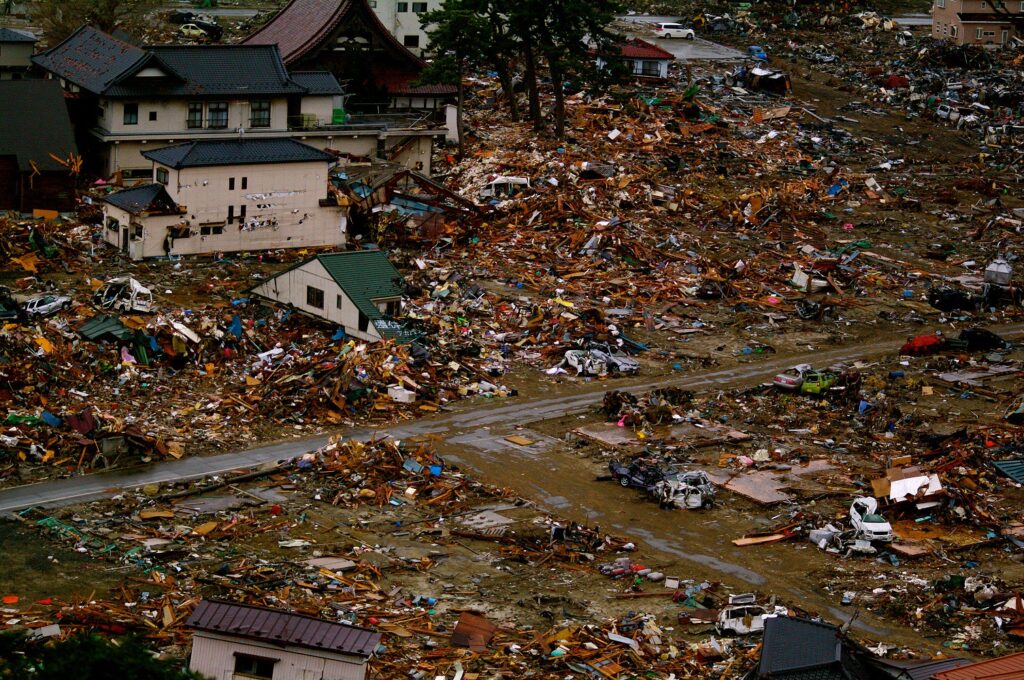
Natural disasters continue to be major threats for people, just as they always have been. But modern technology has greatly improved our ability to prepare for and, in many cases, escape from the worst effects of these events. A good example is hurricane forecasting. Nowadays, there is plenty of warning when a major hurricane is headed toward a populous area. It is still up to people to get away from the danger zone, but at least there is the opportunity to do so.
Major earthquakes are a different story. There is generally little or no warning when one will strike. But scientists at the University of Alaska Fairbanks and the Ludwig Maximilian University in Munich, Germany have developed a technique that may provide days or even months of warning about an impending major earthquake.
The detection method is based on machine learning and is described in a paper in the journal Nature Communications. The researchers wrote a computer algorithm that looks for abnormal seismic activity. Advanced statistical techniques found that approximately three months of abnormal low-magnitude regional seismicity occurred in the regions where two major earthquakes took place. One was the magnitude 7.1 Anchorage earthquake in 2018 and the other was a similar-sized quake in Ridgecrest, California in 2019.
Considerably more testing – particularly in real-time rather than looking at historical data – is needed. But accurate earthquake forecasting has the potential to save lives and reduce economic losses. However, there are ethical and practical questions to answer. False alarms could lead to unnecessary panic, economic disruption, and loss of public trust. On the other hand, missed predictions can have catastrophic consequences.
**********
Web Links
UAF scientist’s method could give months’ warning of major earthquakes
Photo, posted January 22, 2012, courtesy of the Climate and Ecosystems Change Adaptation Research University Network via Flickr.
Earth Wise is a production of WAMC Northeast Public Radio
Leave a Reply